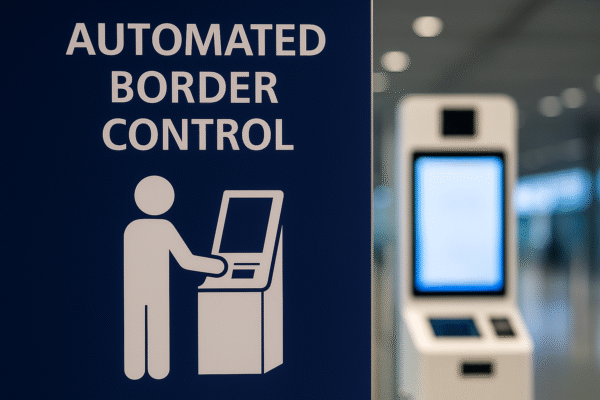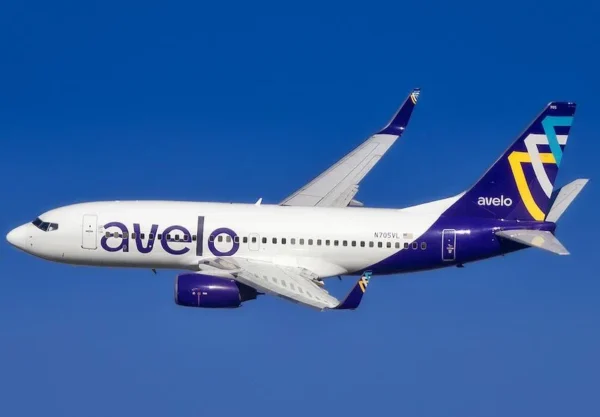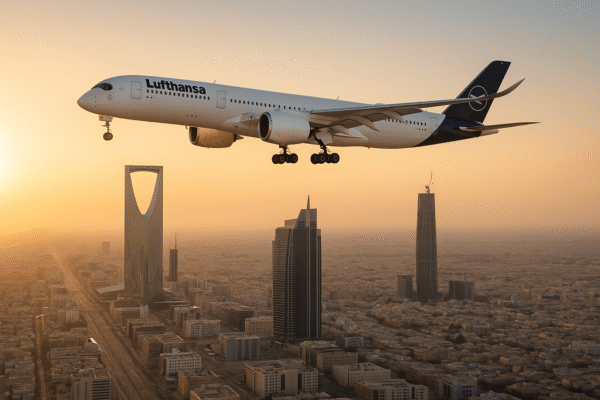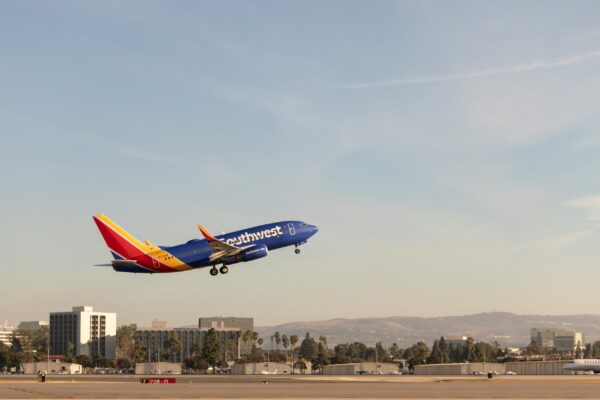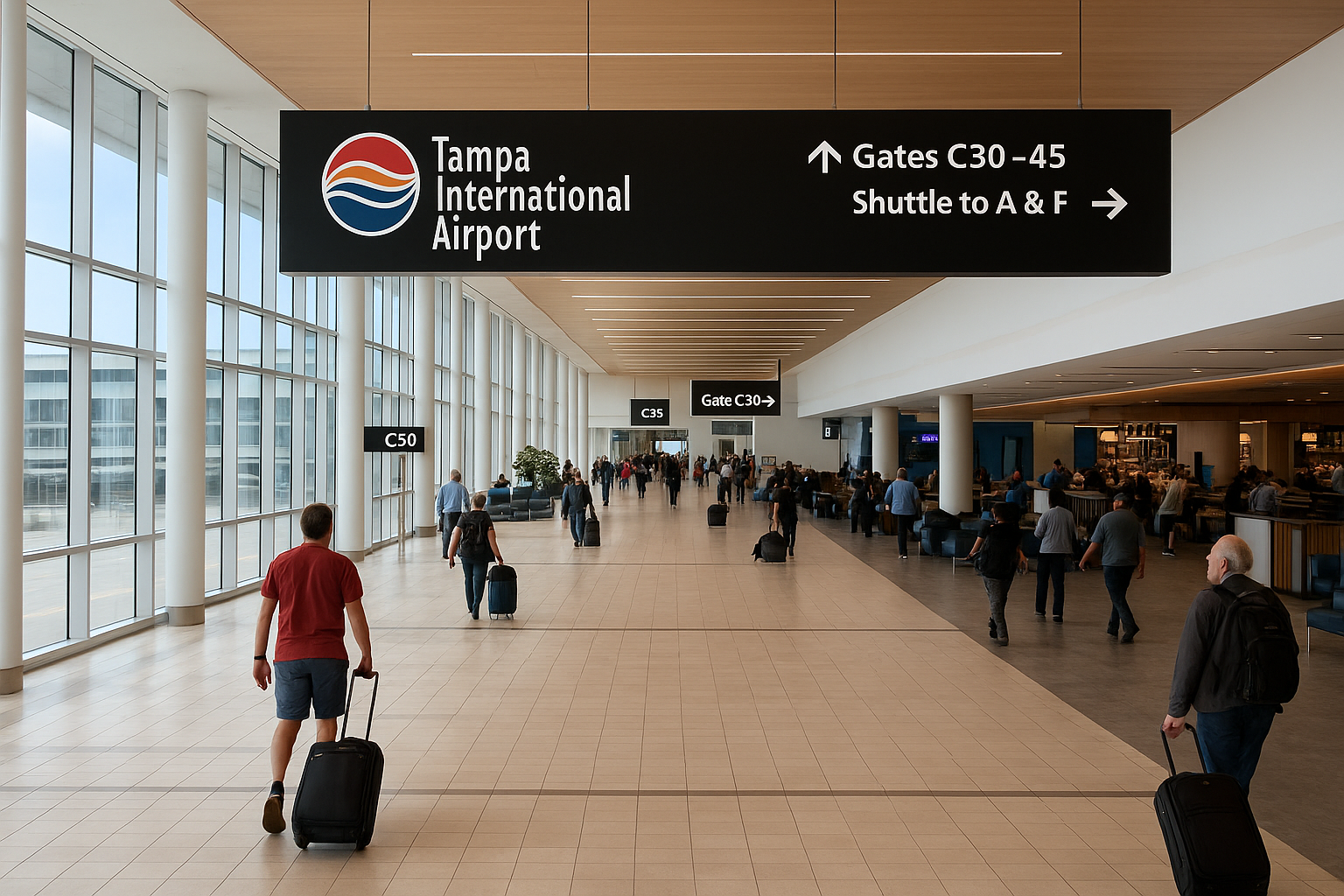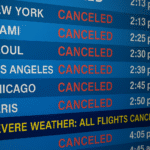Tampa International Airport (TPA) has officially taken the top spot among America’s busiest airports for traveler experience in 2025, redefining how the aviation industry measures success in the modern age. According to a newly released study by QR Code Generator, Tampa has outpaced major rivals including Phoenix Sky Harbor, Minneapolis-Saint Paul, San Francisco, Atlanta, Orlando, Austin-Bergstrom, and Washington, D.C., sparking a wave of attention from travelers, industry leaders, and global tourism strategists.
A Milestone Victory for Tampa
This isn’t just a symbolic win—it reflects a profound shift in passenger expectations and how airports respond to them. Tampa earned a commanding score of 71 out of 100 on the Traveler Enjoyability Index, bolstered by a Google rating of 4.6 and an impressive 74% five-star review rate. Additionally, FlightRadar24 awarded the airport an operational rating of 88 out of 100, recognizing its exceptional efficiency and flight reliability.
The secret? Seamless operations, traveler-friendly design, reduced wait times, and amenities tailored to both leisure and business travelers. These factors have propelled Tampa from a strong regional player to the national gold standard for U.S. airport performance.
Air Travel Rebounds—and the Stakes Get Higher
Tampa’s triumph comes at a pivotal time. Global air travel is rebounding at a remarkable pace, with IATA reporting an 8% increase in passenger demand in April 2025 compared to last year. As foot traffic surges, travelers are demanding more than quick flights—they want comfort, convenience, and peace of mind.
Amid this comeback, U.S. domestic air travel still grapples with operational bottlenecks and cost pressures. Premium-class travel has shown signs of weakness, pushing airlines and airports to compete aggressively for customer loyalty. Tampa has embraced this challenge, turning travel stress into travel satisfaction.
How Tampa Beat the Competition
Tampa International didn’t just win—it transformed the game. The airport’s traveler-centric design and efficient layout consistently deliver a smoother journey from curb to gate. With high-tech check-in kiosks, well-managed security lanes, and aesthetically pleasing terminals, Tampa has prioritized passenger experience across the board.
But the airport’s secret weapon is consistency. The traveler experience doesn’t vary wildly from weekday to weekend, morning to evening. Whether arriving or departing, passengers can expect cleanliness, courtesy, and clarity—qualities that are increasingly rare in large hub airports.
Phoenix and Minneapolis Prove Strong Contenders
Trailing behind Tampa in second place is Phoenix Sky Harbor International Airport, with a score of 63.9. It earned high marks for its remarkably low rate of lost luggage—only 4.46 incidents per 100,000 passengers, an astounding 94% below the national average.
Minneapolis-Saint Paul International Airport followed closely in third with 62.4 points, earning a reputation for dependability and comfort. A 4.3-star Google average and more than 63% five-star reviews speak to the consistent quality of service, especially appreciated by Midwest travelers.
Legacy Hubs Like San Francisco and Atlanta Stay Competitive
San Francisco International Airport (SFO) came in fourth with a score of 60.7, propelled by a robust 84/100 FlightRadar24 rating and its status as a major trans-Pacific gateway. Meanwhile, Atlanta’s Hartsfield-Jackson—long hailed as the world’s busiest airport—secured fifth place with a 57.6 score, proving that even the largest operations can still deliver satisfaction.
These legacy airports face a dual challenge: maintaining operational excellence while improving personalization and comfort. Tampa’s rise demonstrates that even smaller hubs can leap ahead by focusing on what matters most to travelers.
Orlando and Austin Shine with Regional Power
In sixth place, Orlando International Airport earned a 57.3, driven by its superior dining and retail offerings. With a growing reputation as a destination airport in its own right, Orlando is turning waiting time into quality time.
Austin-Bergstrom International Airport, ranked seventh with 57 points, now claims the title of Texas’ top-performing airport. Its intimate design, music-infused ambiance, and Texas-style hospitality give it a distinctive edge among regional airports.
The Rest of the Top Ten
Baltimore/Washington International Thurgood Marshall Airport took eighth with 56.1 points, while Detroit Metropolitan Wayne County Airport landed ninth with 55.1. Dallas-Fort Worth International Airport, despite its massive scale, rounded out the top ten with 53.6 points, indicating a need for sharper focus on the traveler experience.
Aviation’s New Blueprint: Experience First
This reordering of U.S. airport rankings sends a clear message to the aviation sector: it’s no longer enough to just move people efficiently. Today’s travelers expect service, ambiance, speed, and even serenity in transit.
Airports are rapidly transforming into lifestyle spaces. From wellness lounges to smart wayfinding apps and curated local dining, the terminal of 2025 must be a reflection of a city’s spirit and a traveler’s comfort zone.
Tampa Sets the Bar for Future Airport Design
Tampa International’s rise is a testament to human-centered design. As airports become symbols of national competitiveness and economic gateways, TPA’s success proves that strategic investments in technology, service, and infrastructure can yield global recognition—and passenger loyalty.
From biometric boarding to eco-conscious construction and local cultural flair, Tampa has created a travel environment where both the journey and destination shine. Its success sets a high bar for the rest of America’s airports and inspires global hubs looking to redefine their role in the post-pandemic travel era.
Looking Ahead: The Future of Airport Travel
As the aviation industry hurtles into a new era of recovery and reinvention, one thing is clear: traveler experience will remain the defining factor. Whether it’s a seasoned business flyer or a family on vacation, expectations are rising. And Tampa International has proven that exceeding them is not only possible—but essential.
For now, Tampa holds the crown. But the race to redefine air travel in the U.S. is far from over—and travelers everywhere will reap the rewards.
For more travel news like this, keep reading Global Travel Wire

